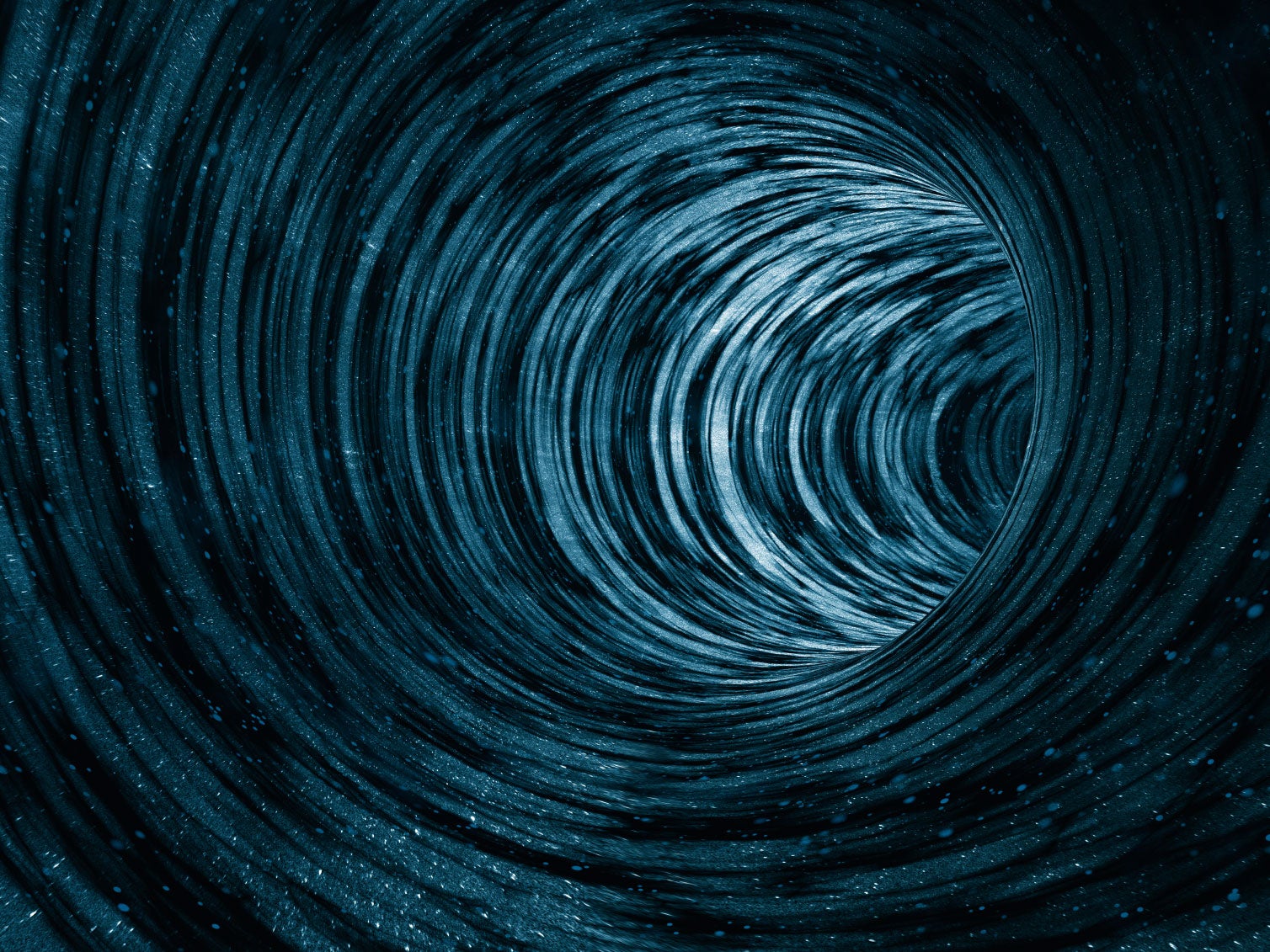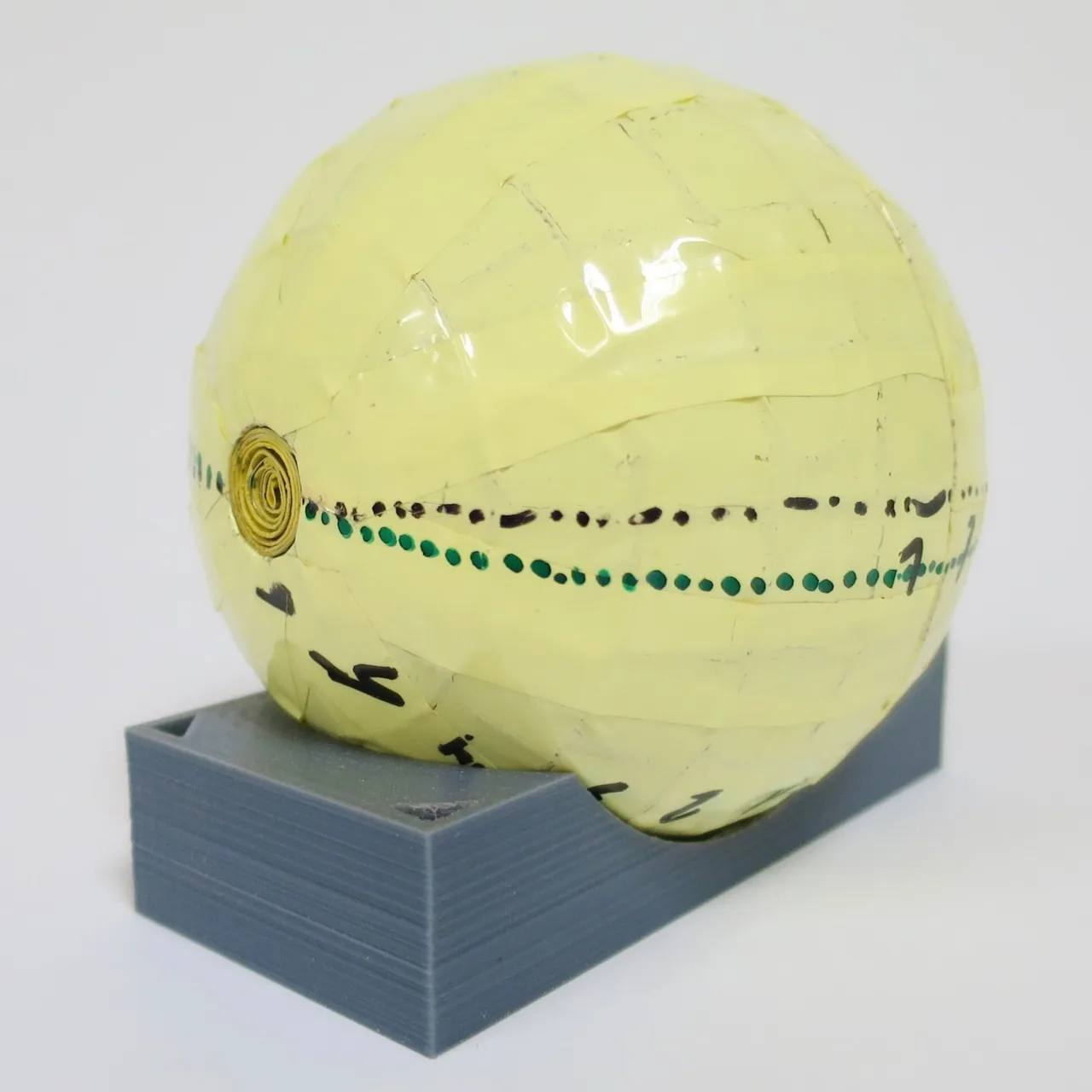Magnetic Wormholes: A Leap in Spacetime Manipulation
The concept of wormholes, theoretical tunnels through spacetime connecting distant points in the universe, has captivated scientists and science fiction enthusiasts alike for decades. While traversable wormholes remain firmly in the realm of theoretical physics, a groundbreaking development has recently emerged, offering a tangible demonstration of their potential creation using magnetic fields. This article delves into the science behind magnetic wormholes, exploring the theoretical foundations, the experimental realization, the challenges involved, and the potential implications for future research.
Understanding the Theoretical Framework
Wormholes are solutions to Einstein's field equations in general relativity. These equations describe gravity not as a force, but as a curvature of spacetime caused by mass and energy. The Schwarzschild metric, describing a non-rotating, uncharged black hole, reveals a mathematical connection between two distinct regions of spacetime. This connection, if traversable, represents a wormhole a shortcut through the universe that would require less travel time than traversing the usual spatial distance. However, the Schwarzschild wormhole is not traversable; it collapses too quickly for anything to pass through.
To make a wormhole traversable, physicists need to address several key challenges. Firstly, the wormhole throat the narrowest point connecting the two regions needs to be held open. This requires exotic matter, a hypothetical substance with negative mass-energy density. Normal matter, with its positive mass-energy density, would cause the wormhole to collapse under its own gravity. Exotic matter, possessing repulsive gravity, would counteract this collapse and maintain the tunnel's openness. While the existence of exotic matter remains unproven, theoretical considerations allow for its inclusion in certain wormhole models.
Furthermore, maintaining the stability of a wormhole is crucial. Quantum fluctuations and other disturbances could easily disrupt the fragile geometry of the tunnel, causing it to collapse. This necessitates a mechanism to constantly stabilize the wormhole against these perturbations. This is where magnetic fields enter the picture.
The Role of Magnetic Fields in Wormhole Creation
The innovative approach pioneered by researchers at the University of Colorado Boulder and the University of Delaware focuses on generating a microscopic wormhole using powerful magnetic fields. This technique relies on the phenomenon of topological defects in superfluids. Superfluids are fluids that flow without viscosity, exhibiting unusual quantum properties. In certain conditions, superfluids can spontaneously form quantized flux tubes topological defects that are stable and possess unique electromagnetic properties.
The experimental setup involves cooling a superfluid to extremely low temperatures, close to absolute zero. This allows the system to enter a quantum state where topological defects can nucleate and persist. Then, strong magnetic fields are applied to the superfluid. These magnetic fields interact with the topological defects, altering their structure and potentially creating a wormhole-like configuration. The interplay between the superfluid's quantum properties and the external magnetic field acts as a kind of "glue" that would stabilize the wormhole throat. The researchers theorize that the magnetic field can create a region of negative effective mass within the superfluid, mimicking the effect of exotic matter, and thus preventing the throat from collapsing.
The First Lab-Created Wormhole
In a landmark experiment published in 2023, the team achieved a significant breakthrough: the creation of a microscopic wormhole in a superfluid helium-3. By carefully manipulating magnetic fields, they successfully induced topological defects that exhibited properties consistent with a wormhole throat. While it is not a macroscopic wormhole that could transport objects, the experiment provided compelling evidence that wormhole-like structures can be created and controlled in a laboratory setting.
The experiment involved creating a superfluid helium-3 film and then applying a series of precisely calibrated magnetic fields. Using specialized imaging techniques, the researchers were able to observe the formation of topological defects that exhibited a characteristic "throat" structure a narrow region connecting two larger regions of the superfluid. Crucially, these defects displayed properties that suggested a connection between the two regions, resembling the behavior of a wormhole.
To confirm that the observed structure truly behaved like a wormhole, the researchers performed experiments to measure the transmission of quantum information through the throat. They found that quantum information could indeed be transmitted through the throat, indicating that it acted as a channel connecting the two regions of the superfluid. This transmission was not simply a random fluctuation but followed a predicted path based on the theoretical model of the magnetic wormhole.
Challenges and Limitations
Despite the remarkable success of this experiment, significant challenges remain before magnetic wormholes can be used for practical purposes, let alone for interstellar travel. The wormhole created in the lab is incredibly small on the scale of a few micrometers far too small to accommodate even a single atom. Scaling up the wormhole to a usable size would require an immense amount of energy and precise control over the magnetic fields. Further, the wormhole's existence is extraordinarily fragile, susceptible to disruption by even minor fluctuations in the environment.
Another limitation is the energy efficiency of the process. Creating and maintaining the wormhole requires significant energy input, making it currently impractical for any application beyond fundamental research. The experiment also utilizes extreme conditions temperatures close to absolute zero which necessitate specialized equipment and expertise. Moreover, the materials used in the experiment are highly sensitive to external influences, requiring stringent isolation from vibrations, electromagnetic interference, and other disturbances. Theoretical models regarding the stability and traversability of these microscopic wormholes are still under development, and further research is needed to fully understand their properties.
Future Directions and Implications
The creation of a magnetic wormhole marks a crucial step towards understanding the fundamental nature of spacetime and exploring the potential for manipulating it. Future research will focus on scaling up the wormhole size, improving its stability, and increasing the efficiency of the creation process. This may involve exploring different superfluid materials, developing more sophisticated magnetic field configurations, and incorporating feedback mechanisms to stabilize the wormhole against disturbances.
The implications of this research extend far beyond the realm of theoretical physics. A deeper understanding of wormholes could lead to breakthroughs in quantum computing, enabling the creation of more powerful and stable quantum processors. Manipulation of spacetime could have profound consequences for communication and information transfer, potentially paving the way for faster-than-light communication though this remains highly speculative.
Moreover, the magnetic wormhole research contributes to our understanding of fundamental physics. It provides insights into the nature of quantum gravity, the interplay between quantum mechanics and general relativity, and the potential role of exotic matter in the universe. The discovery of topological defects in superfluids and their interaction with magnetic fields opens up new avenues for exploring the exotic states of matter and their potential applications.
The creation of the first laboratory wormhole using magnetic fields represents a remarkable achievement in modern physics. While the current wormholes are microscopic and far from traversable, this experiment represents a significant conceptual and technological leap. It establishes a proof-of-principle that wormhole-like structures can be created and controlled using electromagnetic fields. The challenges ahead are substantial, but the potential rewards a deeper understanding of the universe, new technologies, and perhaps even the possibility of interstellar travel are immense.
Magnetic wormhole research is a vibrant and rapidly evolving field, promising exciting discoveries in the years to come. The path to practical wormhole technology is long and uncertain, but this experiment has ignited a new era of exploration into the very fabric of space and time.




No comments: